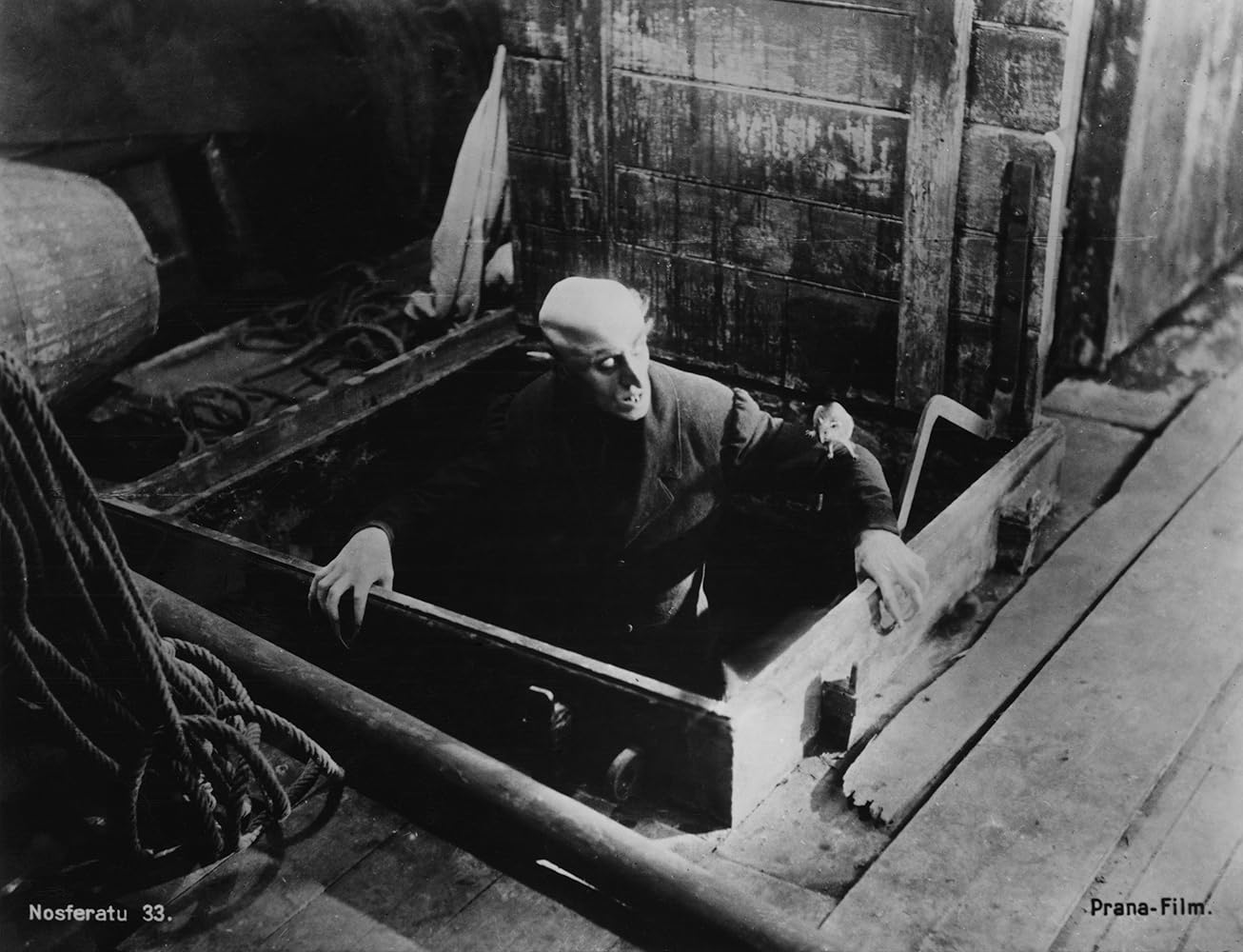I can hardly believe it, but this is my 600th published post! And it’s about a John Ford film with a WWI setting, one of those late-Twenties silents with gorgeous cinematography–not a bad milestone. Thank you all for your continued readership, especially as Silent-ology inches closer to its 10th (!) anniversary!
A couple weeks ago, midway between Veteran’s Day and Thanksgiving, I watched John Ford’s feature Four Sons. It struck me that this was the perfect time to see it, since on one hand it was a loving portrait of a mother thankful for her simple life with her sons, and on the other hand it showed how their lives were forever affected by World War I. It also struck me that this kind of American WWI film likely would not been released 10 years earlier–in fact, even a hint of a film like this would probably have been taboo.
Continue reading








